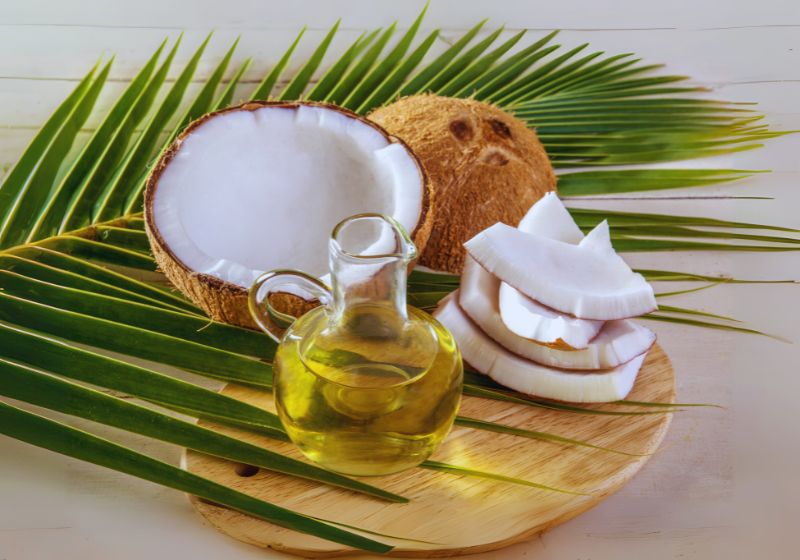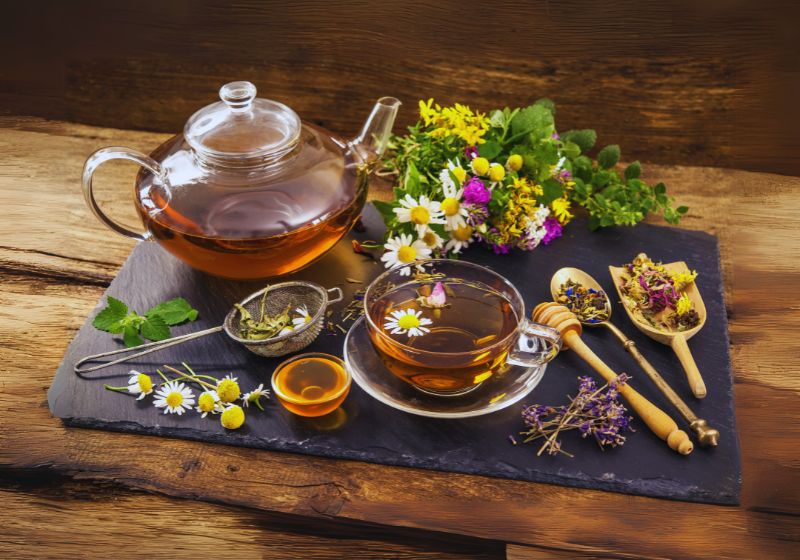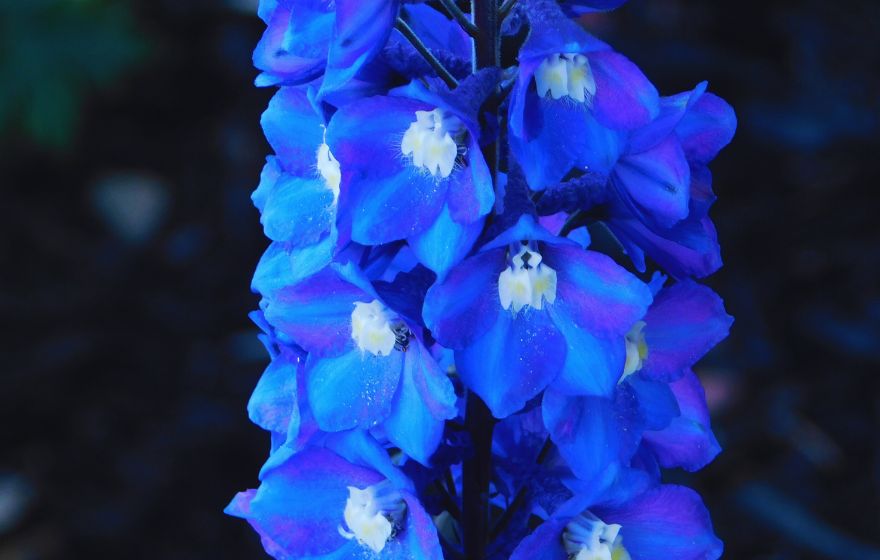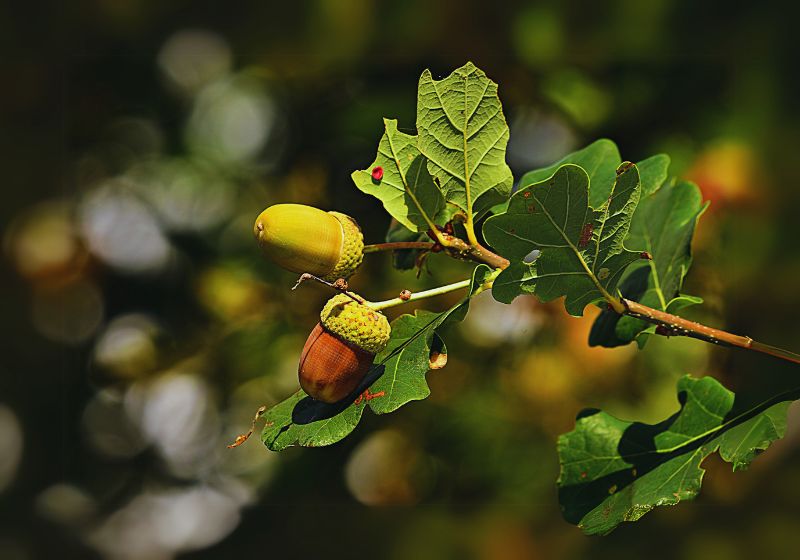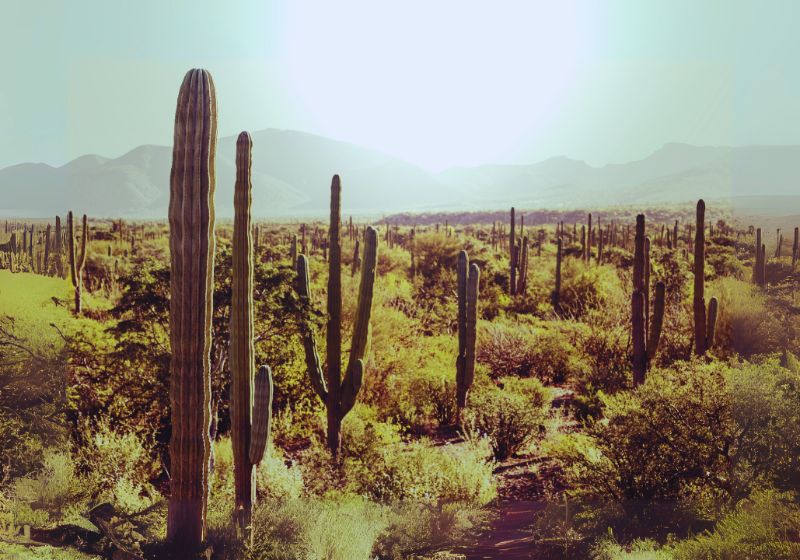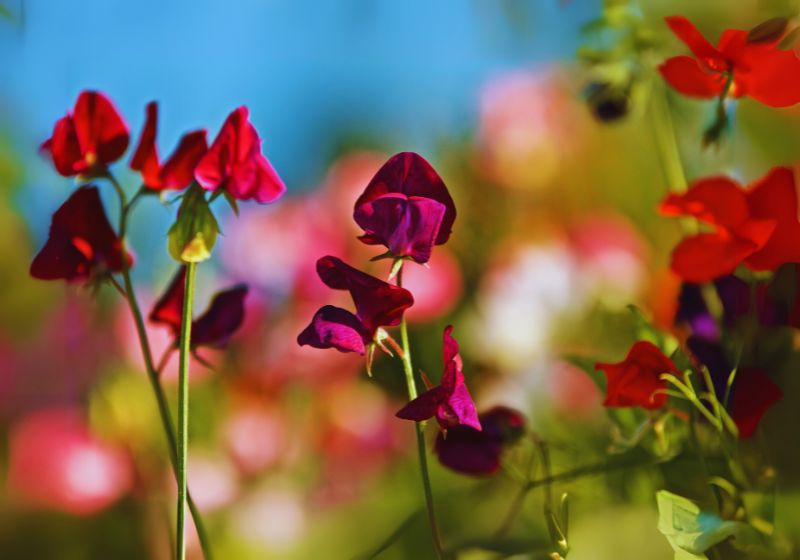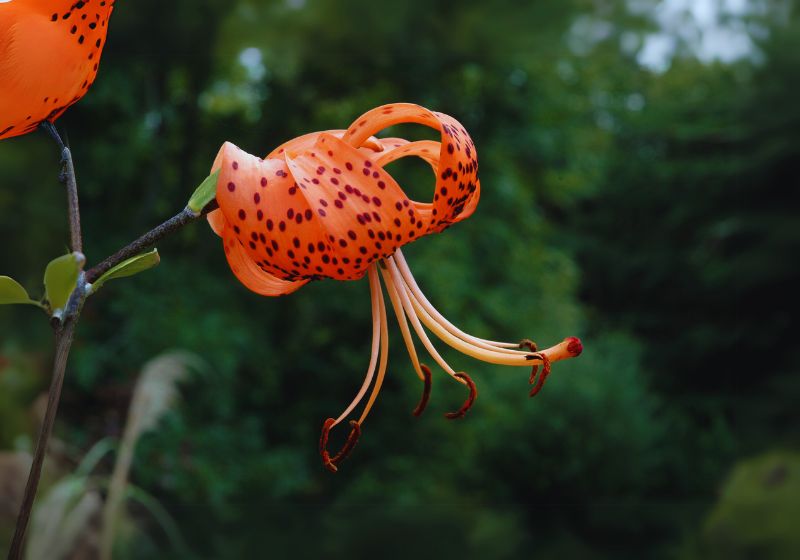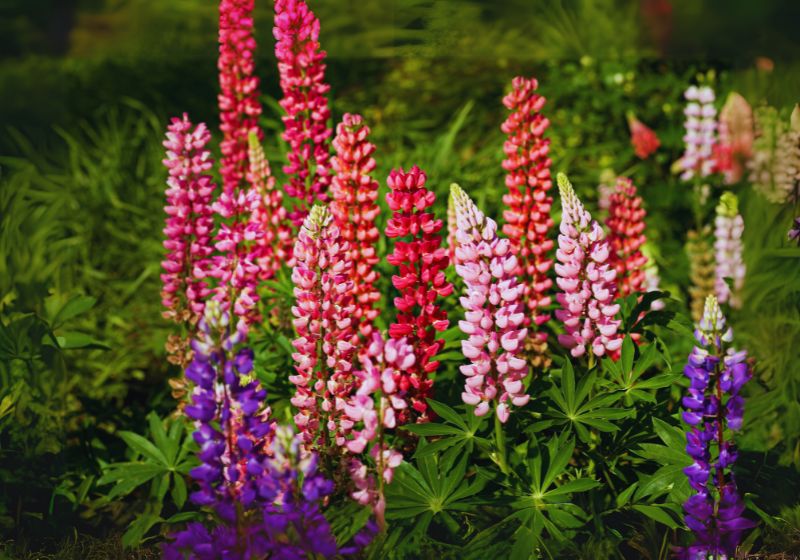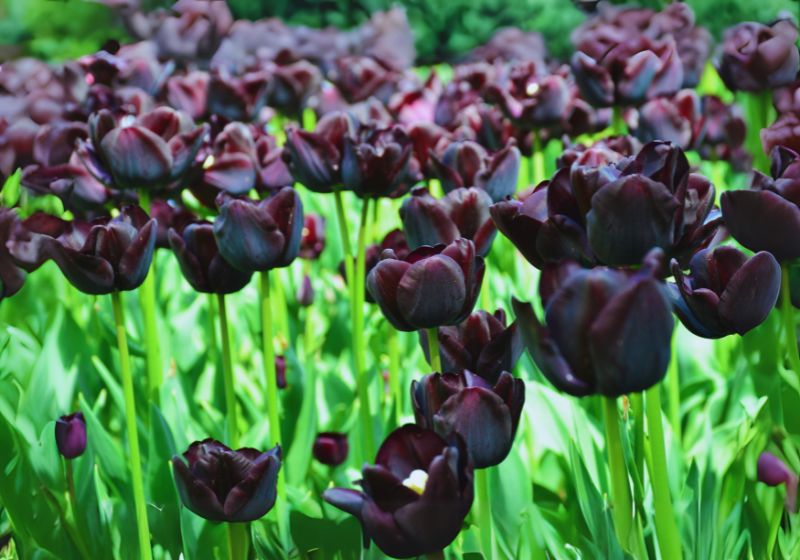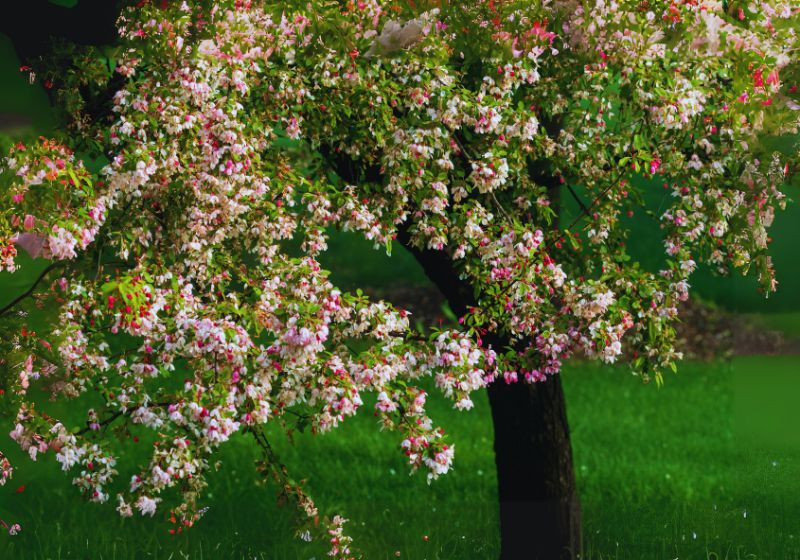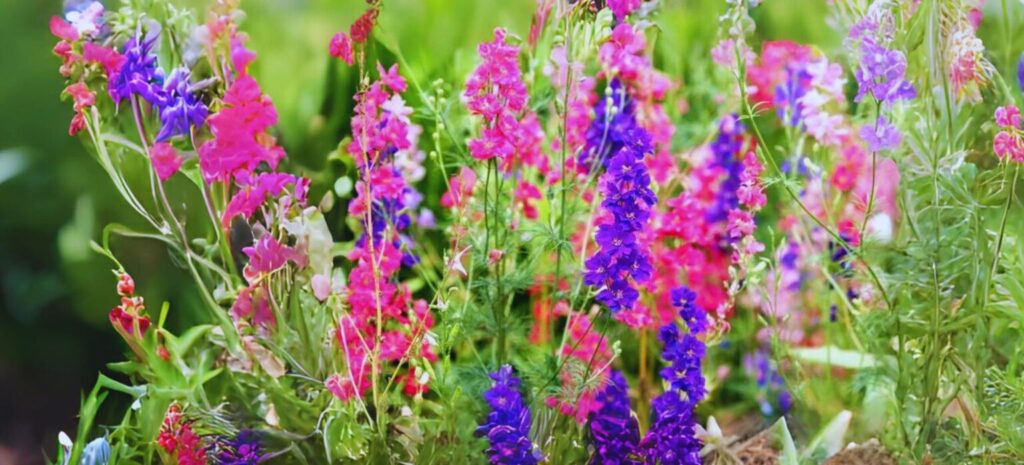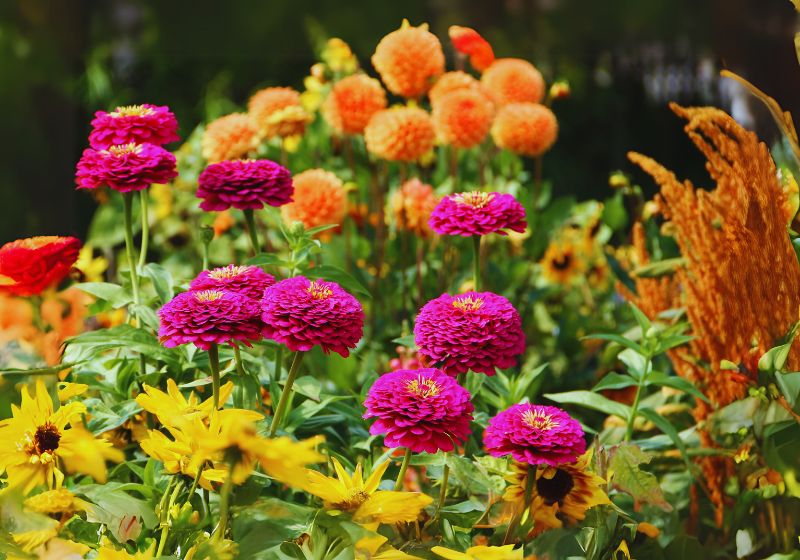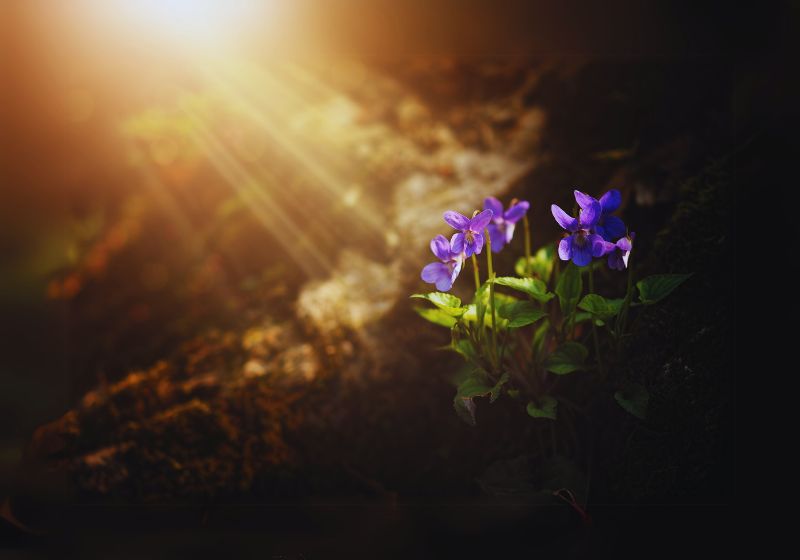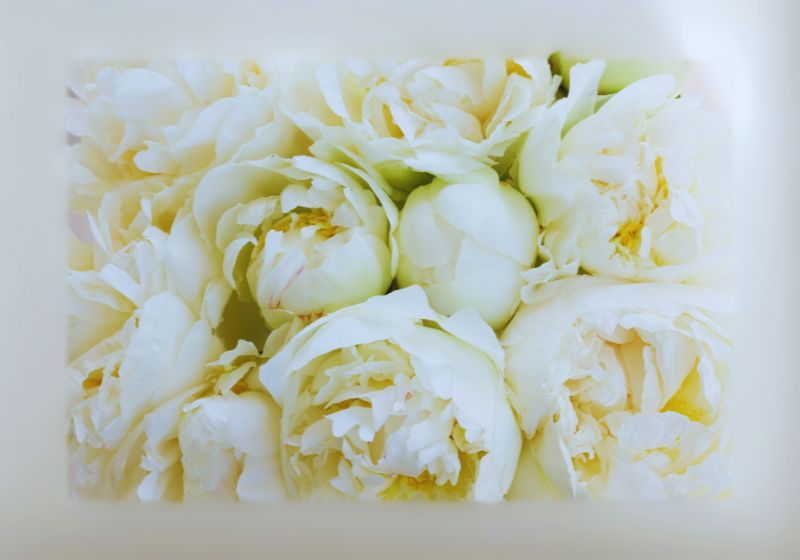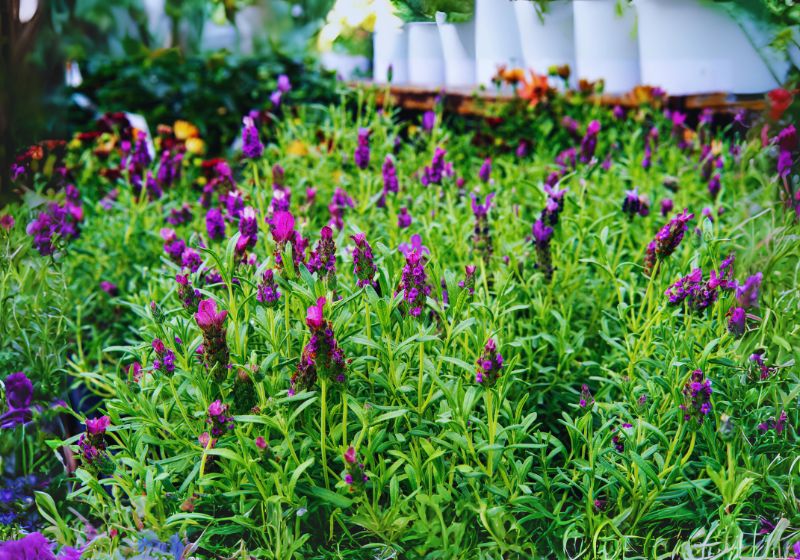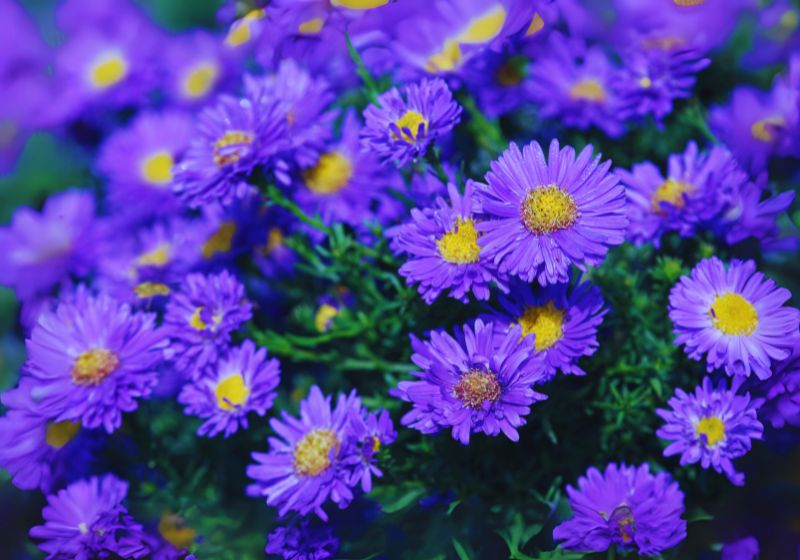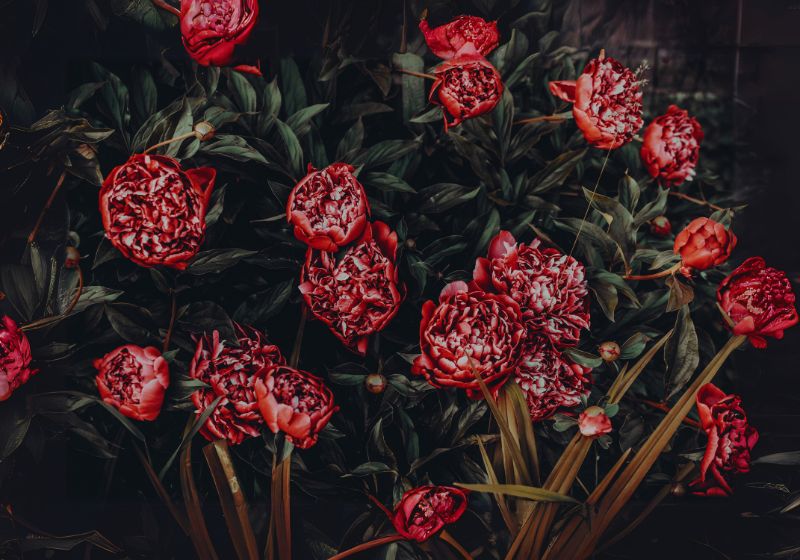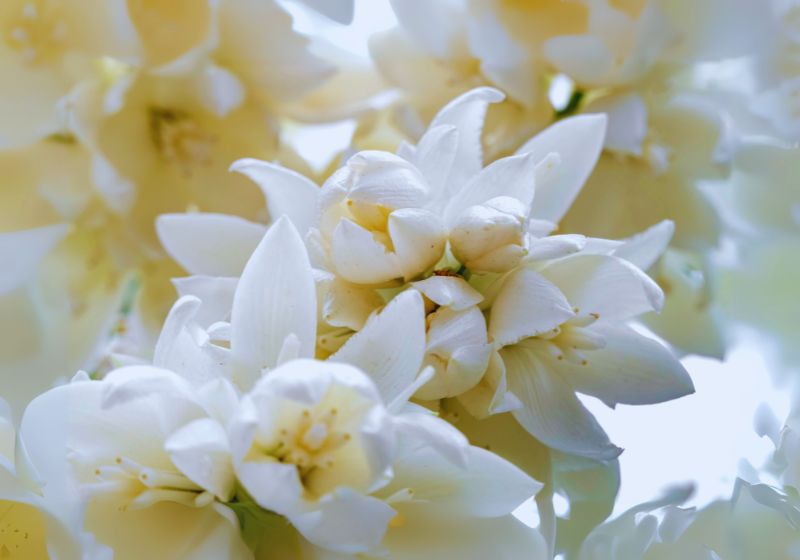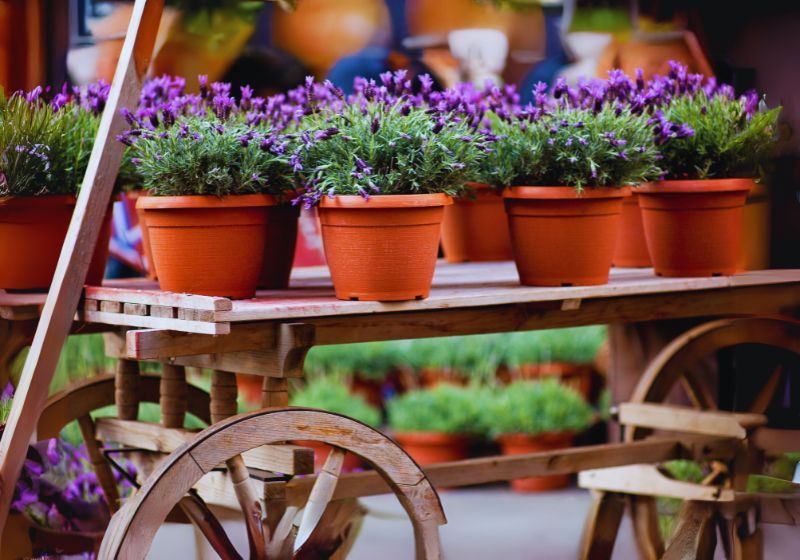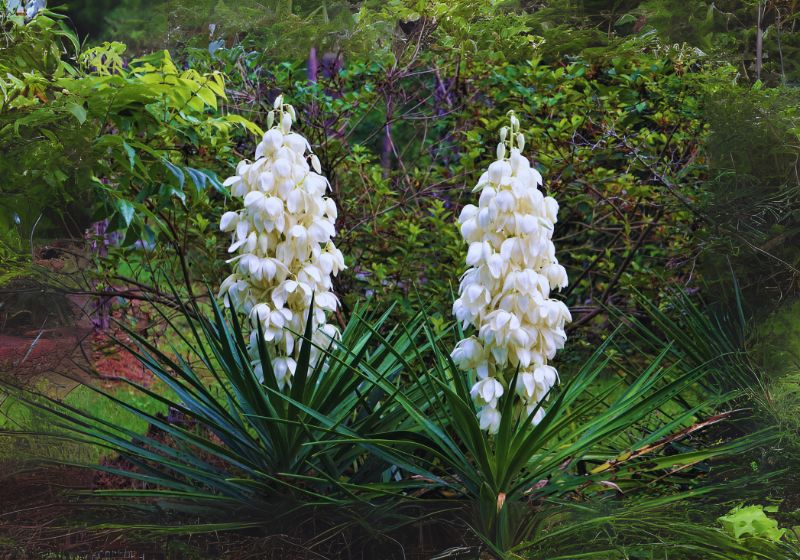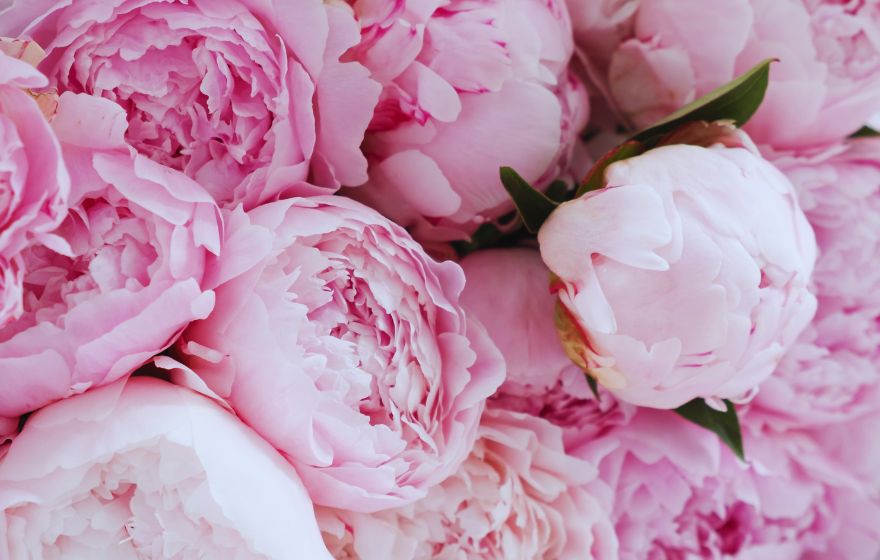How to Plant and Grow Boomerang Lilac : A Complete Guide 2025

Additional benefits of Boomerang Lilacs (Syringa x) excite gardeners because they grow small while demonstrating long-lasting blooms with a delightful scent. Such reblooming lilac varieties add esthetic value to your garden spaces while requiring minimal care. The complete instruction offers all the required information regarding Boomerang Lilacs planting maturement and maintenance needs.
Introduction to Boomerang Lilacs
Boomerang Lilacs gained their fame from their remarkable dual blooming behavior throughout one growing season. Spring brings out an initial flower display from Boomerang Lilacs which continues into a second flower season throughout mid-summer and autumn. This compact lilac variety achieves heights of 4-6 feet with widths matching so it functions well as a garden edge or border or in containers.
Benefits of Growing Boomerang Lilacs
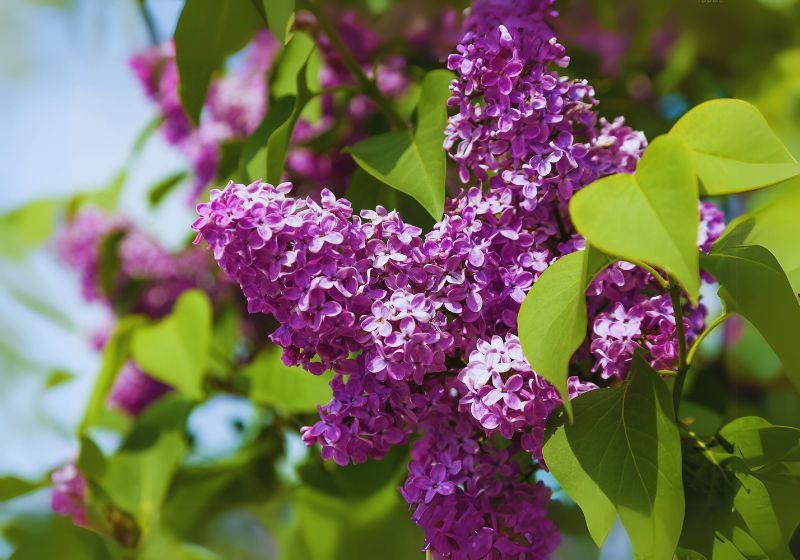
Extended Blooming Season
Traditional lilacs lack double flowering capability but Boomerang varieties solve this problem by producing two bloom cycles during the season.
Compact Size
Boomerang plants work well in tight spaces alongside urban garden planting and patio arrangements along with mixed border installations.
Fragrance
Boomerang Lilacs release the same sweet scent like regular lilacs which draws pollinators including butterflies along with bees.
Low Maintenance
These lilac varieties keep diseases at bay when owners provide standard care while needing little gardening attention.
Sunlight Requirements
The Boomerang Lilacs need at least 6-8 hours of daily direct sunlight as their prime growing condition. When plants lack sunlight they produce weak flower production and develop long spindling stems.
Ideal Climate
- Boomerang Lilacs flourish in the temperature range of USDA zones from 3 through
- These lilacs can survive chilly winter seasons combined with warm summertime while performing poorly in hot moist climates.
Spacing
The plants should be placed at least 4-6 feet apart for appropriate ventilation and to minimize overcrowding.
Preparing the Soil

Soil Type
Boomerang Lilacs grow best in loamy soils that permit good drainage under slightly acidic to neutral conditions ranging from 6.0 to 7.0 pH in the scale.
Amending the Soil
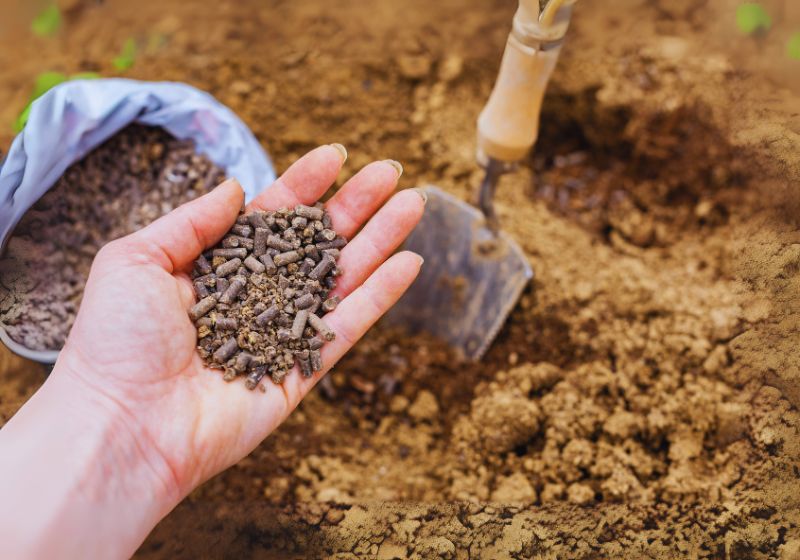
Clay Soil: To increase drainage in your soil add organic materials including compost or peat moss.
Sandy Soil: The combination of aged manure with compost makes the soil both better at holding moisture and improving fertility.
Testing the Soil
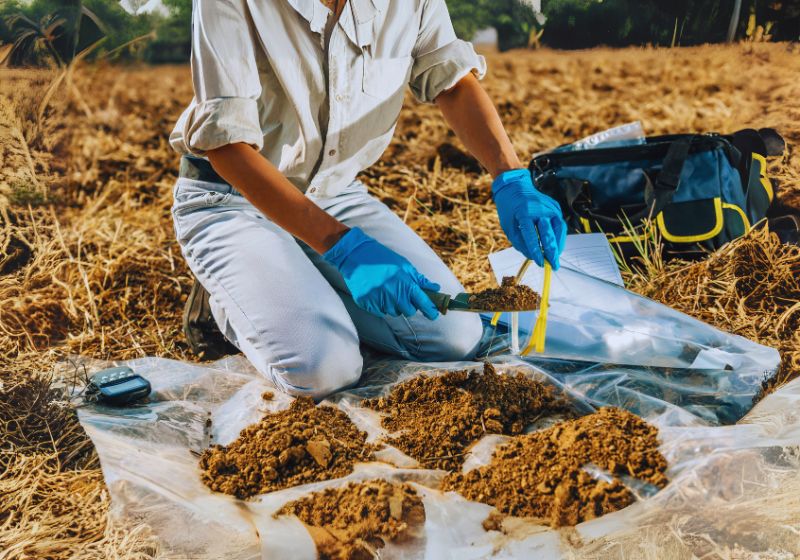
A simple soil test kit enables gardeners to check both the pH balance and nutrient composition. The soil needs garden lime (for alkalinity rise) or sulfur (for acidity rise) when test results demand it.
Planting Boomerang Lilacs

When to Plant
The ideal time for planting Boomerang Lilacs falls within the early seasons of spring and fall when air temperatures stay mild.
Step-by-Step Planting Guide
- Dig the Hole: Thrill your new plant by creating a pit that equals two times the width and depth of the root bundle.
- Prepare the Roots: Before you put the plant in the hole you should curiously untangle the plant roots.
- Planting Depth: For planting the root ball maintains its upper section at an even elevation with the surrounding earth.
- Backfill: Create a hole filling mixture combining local soil with compost then gently pack it down to evict air spaces.
- Water: Before backing into place add water to help the root base establish stable contact with the soil.
- Mulch: Put a 2-3 inch layer of mulch around the base to keep the soil moist and handle temperature properly. Static mulch should not be applied directly against the stem.
Watering and Fertilizing
Watering
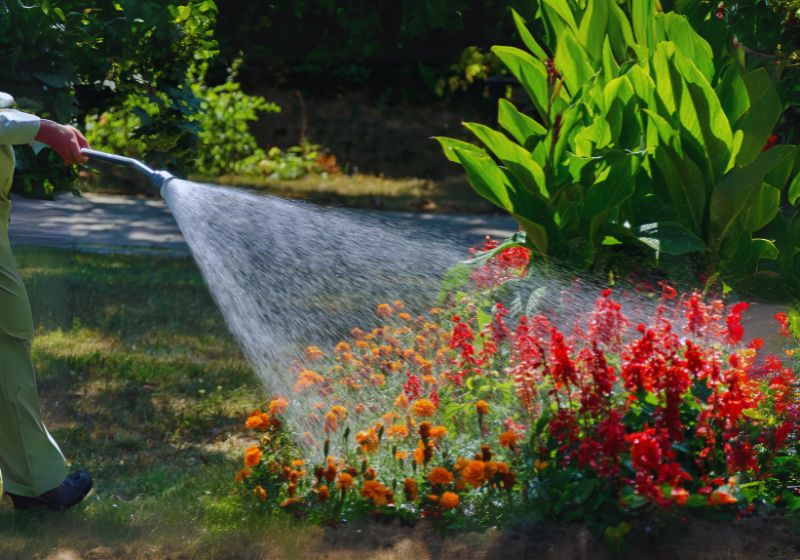
- New Plants: Water deeply once or twice a week during the first year.
- Established Plants: Regular watering during dry periods must maintain appropriate soil moisture levels that stay between soaked and dry.
Fertilizing

- The application of a slow-release fertilizer should happen in early spring just before new growth starts to emerge.
- Apply minimal fertilizers because large amounts of nitrogen will result in reduced flowering ability.
- Annual application of compost with organic content helps make your soil healthier.
Pruning and Maintenance
Pruning
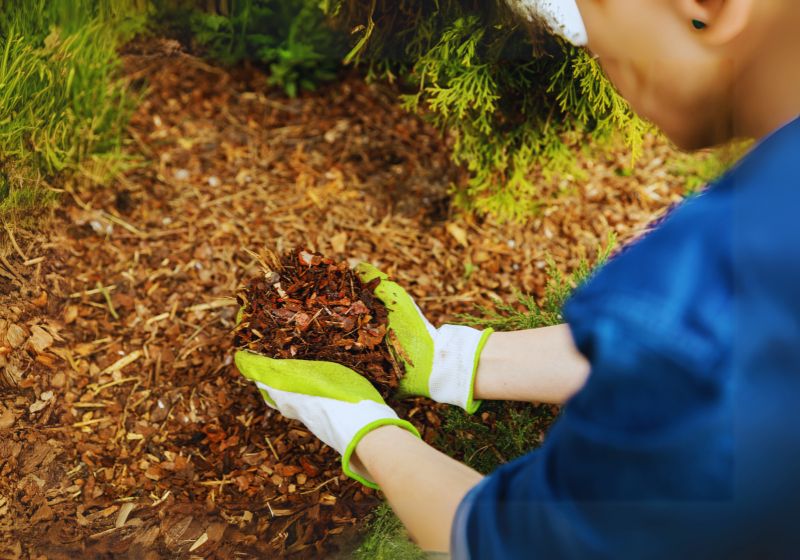
- hoax should receive immediate post-bloom pruning to stimulate new natural growth along with repeat blooming.
- Cut spent flowers from your lilacs along with dead branches while also addressing weak stems that are too overcrowded.
- Heavy summer-fall pruning should be avoided because it decreases flowering in the following season.
Maintenance Tips
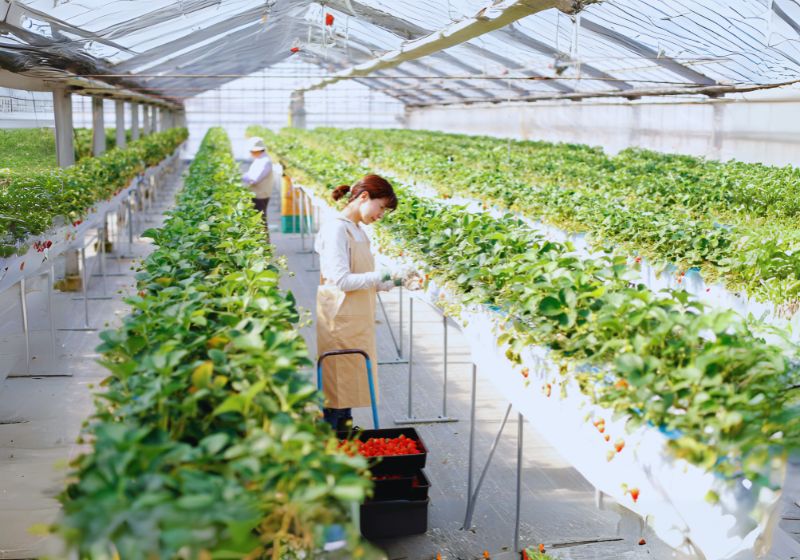
- Regular plant inspections must include detection of pests and disease indicator signs.
- New mulch needs to be added yearly as it prevents weed growth.
Common Pests and Diseases
Pests
- Lilac Borers: When Lilac Borers drill holes into plant stems the affected area becomes wilted. Use insecticidal sprays or traps.
- Aphids: Infestations need treatment with insecticidal soap or neem oil applications.
Diseases
- Powdery Mildew: For healthy growth maintain airflow through the plant space and use methods other than overhead watering.
- Root Rot: Growth should be positioned in areas with well-drained earth to protect against potential problems.
Seasonal Care

Spring
- Prune after the first bloom.
- Fertilize and water as needed.
Summer
- Deadheading flower blossoms that have finished will prompt new blooming on the plant.
- Monitor for pests and diseases.
Fall
- Water deeply before the first frost.
- To protect your plants through winter months apply another fresh layer of mulch.
Winter
During the annual change between seasons Boomerang Lilacs shed all their leaves but they remain unchanged during the dormant period. Dormancy requires no significant maintenance process.
Propagation Methods

Softwood Cuttings
- Early summer represents the best time for your propagation using 4-6 inch cuttings.
- Trim off the bottom leaves of the cutting before applying rooting hormone to the cut surface.
- Set the plant into a container that contains draining potting mix.
- Moisten the substrate and choose a spot with bright temperatures.
Division
- You can dig up the plant either during early spring or at the start of fall.
- Using a sharp spade, cut the root ball into separate sections.
- Replant immediately.
Companion Plants for Boomerang Lilacs
Pair Boomerang Lilacs with these complementary plants:
- Perennials: Peonies, daylilies, and salvia.
- Shrubs: Roses, hydrangeas, and spirea.
- Groundcovers: Creeping thyme or sedum.
Troubleshooting Common Issues

Poor Blooming
- Sun exposure should be adequate while maintaining moderate fertilizer applications.
- Cut your lilacs appropriately while removing any faded flowers.
Yellowing Leaves
- Nutrient deficiencies alongside overwatering should be checked for.
- Wilting
- We need to examine our plants for evidence of borers and root rot issues.
Conclusion
Boomerang Lilacs deliver both aesthetic value along with adaptability to the garden environment. These flowering plants provide dual benefits because their lengthy bloom period occurs together with their adaptive size and pleasing fragrance. The steps in this guide will help your Boomerang Lilacs grow optimally thus making your outdoor space beautiful for long-term enjoyment.
FAQ’S
How fast do Boomerang Lilacs grow?
The growth rate of Boomerang Lilacs remains medium which allows them to reach full size during their third or fourth year.
Do Boomerangs Lilacs thrive within gardening containers?
Due to their small size Boomerang Lilacs thrive in large containers. Your pot needs drainage holes and you should fill it with premium soil blends.
Do Boomerang Lilacs attract pollinators?
The aromatic blossoms from Boomerang Lilacs draw both bees and butterflies alongside hummingbirds towards their flowers.
Read More: Guide to 24 Pink Flowers To Brighten Up Your Garden


 English
English 

